‘Collusion: How Central Bankers Rigged the World’
The 2007-2008 financial crisis triggered a massive shift in the global order.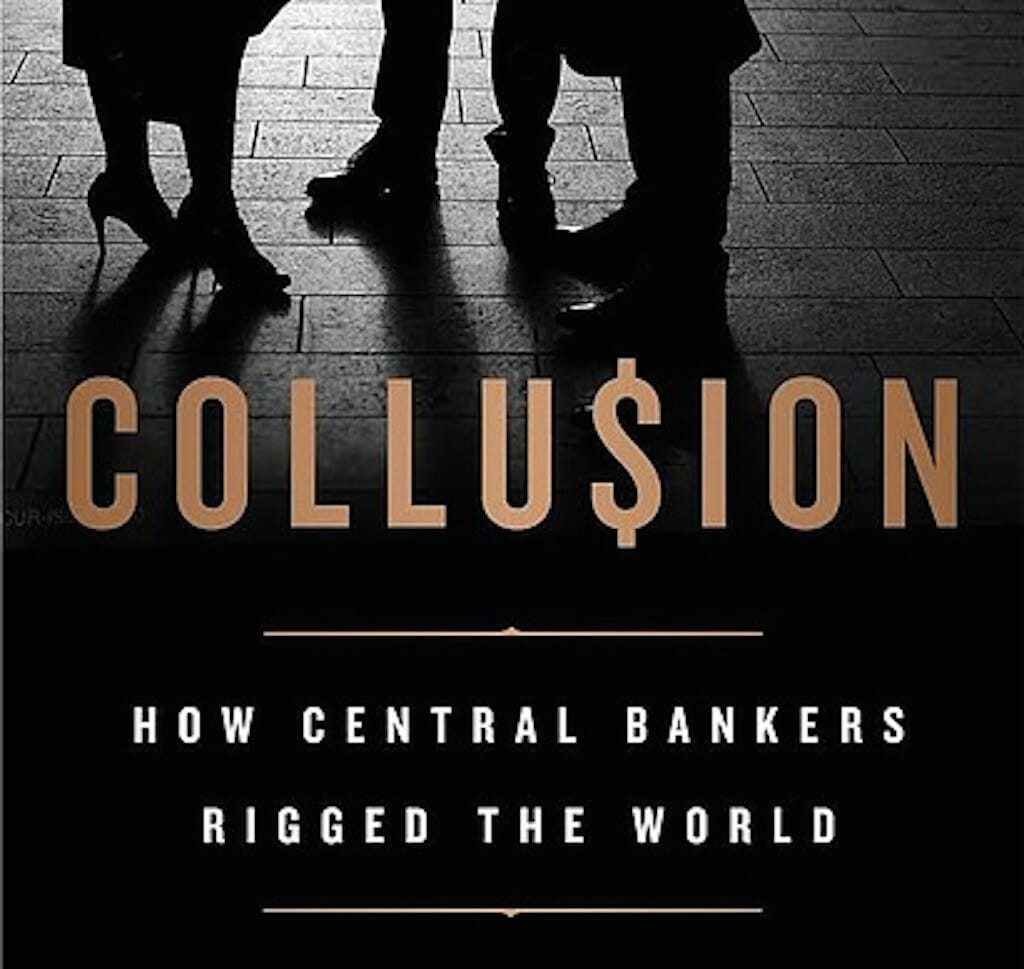 Nation Books
Nation Books
Editor’s note: Truthdig columnist and best-selling author Nomi Prins examines how the 2007-2008 financial crisis triggered a massive shift in the global order in her new book, “Collusion: How Central Bankers Rigged the World,” published by Nation Books, an imprint of the Hachette Book Group. In the following excerpt, Prins looks at the the U.S.-China relationship and the 2016 presidential election.
The Brexit Effect
Prospects for the first post-Brexit G20 meeting were bright for China. The September meeting was a major step toward a reorganization of European cooperation. Concerns about currency markets increased with Brexit in regard to volatility, a rise of protectionism, and more conjured-money policies, as was evident by the Bank of England cutting rates a few weeks after the Brexit vote.
The September 4-5, 2016, G20 Hangzhou meeting was the eleventh G20 meeting and the first to be held on Chinese soil. The schedule included sixty-six events held in twenty different cities in China. China also met with the BRICS before the Hangzhou event. The goal was to rethink priorities of G20 economies and the way they have been solving the problems of global economic growth. The United States and China were at odds about which nation would reign over that growth.
In general, the United States and China continued to distrust each other through the 2016 US presidential election. The race pitted two candidates, Hillary Clinton and Donald J. Trump, neither of whom was especially warm to China, against each other. China’s trajectory scared the United States, yet the two superpowers had to be pragmatic about finding common ground, if anything because their alliances were up for grabs. That’s why China pressed for the yuan to be included in the SDR and Zhou tried to communicate his brand of monetary policy beyond his prior thresholds. Lagarde and the IMF required his transparency to maintain their own balancing act between the United States and China in the superpower realignment wars.
The PBOC increased its cash injections on September 14, 2016, to a five-month high. The move raised speculation that it was working to steady the Chinese financial markets a la Fed-type strategy. The total amount of money provided was RMB 385 billion (US$57.7 billion). It was the highest addition since April. As a consequence, the yuan appreciated, motivated by the inclusion in IMF reserves. That wasn’t all. On September 20, the PBOC announced that the Bank of China New York branch was approved to be the first yuan clearing bank in the United States.
The moment for which Zhou had been angling for more than a decade had finally arrived. On October 1, 2016, the IMF, historically imbedded in Western monetary protocol, moved to include China’s currency, the renminbi (RMB), in its special drawing rights basket of major reserve currencies. IMF leader Christine Lagarde characterized the decision as a “historical milestone” for the “international monetary system” and the “ongoing evolution of the global economy.” With its position in the SDR basket, China automatically assumed a more prominent role in global markets.
The PBOC proclaimed the inclusion “a milestone in the internationalization of the renminbi, and is an affirmation of the success of China’s economic development and results of the reform and opening up of the financial sector.” Zhou’s work had paid off. As he said on October 7, “We welcome relevant researches and discussions by the IMF on expanding the use of the SDR. China has already published its foreign reserves, balance of payments and international investment positions in both the US dollar and SDR, and the World Bank has also issued SDR-Denominated bonds in China. China is willing to work with all relevant parties to promote the international monetary system reform, improve global economic governance, and maintain global financial stability.”
The United States, not supporting the inclusion to begin with, downplayed it. US Treasury secretary Jack Lew was condescending about the true impact-“being part of the SDR basket at the IMF is quite a ways away from being a global reserve currency,” which to him would require from China more reforms and market liberalization.
Such minimizing of China’s global position would not be up to Lew much longer. For China, the election of Donald J. Trump as US president on November 8, 2016, was a mixed blessing.
He had campaigned against China’s “job-stealing” propensity, which resonated with his voters. Regardless of the rhetoric, as president, he would have to contend with the growth of China as an economic and political superpower and what opposing the multilateral trade agreements would ultimately mean for the hegemony of the United States and the dollar. The more China traded with other countries, the less it would trade with the United States, meaning the idea of Trump securing “better deals” would be unattainable simply because the United States would have reduced leverage. In addition, the more countries would trade with China, the more they would be cutting the United States out of the picture, bit by bit.
Year of the Rooster
On January 17, 2017, President Xi Jinping touted China’s proactive approach on the world stage. In a keynote speech, referencing Charles Dickens’s A Tale of Two Cities, he addressed three thousand elite businesspeople and politicians at the World Economic Forum in Davos.
He urged the world to “rise above the debate” over “fiscal stimulus or more monetary easing.” Innovation was the way forward. Protectionism was not. He defended the positive attributes of globalization. “Those who push for protectionism are shutting themselves inside a dark house. They have escaped the rain and clouds outside, but also missed the light and air.” He added, “A trade war will only lead to suffering on both sides.”
It was an ambitious proclamation given the extent of central bank intervention that had taken place. His message followed eight years of China criticizing the Fed’s cheap-money policy, which had inflated speculative bubbles but had not funded development projects to the extent that China had, regionally and globally.
China’s policy of fiscal stimulus for its domestic economy would continue, but China was preparing for the grander phase-deploying money into lasting global development projects and the political, and possibly military, alignments that came with them. Xi did not mention President Trump by name, but his embrace of globalization and disdain for money being deployed into speculation in the financial markets rather than growth was clear. What the United States wouldn’t do, China would.
On his third day in office, on January 23, 2017, President Trump made good on one of his key campaign promises. He issued a presidential memorandum followed by signing an executive order to “permanently withdraw” the United States from the Trans-Pacific Partnership agreement penned under the Obama administration.
Because China hadn’t been a part of that major agreement spanning twelve countries and 37.4 percent of global GDP to begin with, the US exit meant China would have a freer rein in reinforcing and growing its other regional partnerships absent competition from the United States. China would have more latitude to pursue its broader free trade agreement, the Regional Comprehensive Economic Partnership (RCEP), which spanned sixteen countries, including Japan, almost one-third of global GDP, and almost half the world’s population. China stood ready to capitalize on linking with any countries Trump ostracized through nationalism, bombastic style, or broken bilateral agreements, such as Mexico.
President Trump’s Treasury secretary, former Goldman Sachs partner Steven Mnuchin, repeatedly signaled wanting a strong US dollar, whereas President Trump wanted US trade to be more competitive, which meant a weaker dollar. That bipolarity characterized what would become the Trump administration’s global economic policy.
On February 3, the PBOC raised short-term interest rates by a modest 10 basis points, which signaled the possible start of a tightening period. China’s export-import growth had rebounded to multiyear highs. The PBOC had repeatedly asked commercial lenders to curb new loans to temper any US‑style lending frenzy and reduce financial leverage. It was being careful with China’s future.
According to a February 14 editorial by Caixin chief editor Hu Shulion, “The shift in tone indicated that while keeping its monetary policy stable, it will lean toward tightening it in order to curb the emergence of asset bubbles and to mitigate financial risks.” He added, “A volatile international economic environment also poses challenges to China’s monetary policy.” US president Donald Trump’s pledge to “revive US trade” made it harder to predict the Federal Reserve’s future policy swings. Any move by the Fed has a strong effect on the yuan’s exchange rate and China’s capital outflows.
China’s growth was no longer slowing down. Its position in the world, and ability to finance it, was thus increasing. On April 22, 2017, Zhou addressed the annual spring meeting of the IMF and World Bank in Washington, DC. In his speech, he noted that “China’s economic growth has stabilized” and its “GDP growth in 2016 reached 6.7 per cent, contributing 30 per cent of the global growth.” That figure can be compared to the US GDP growth of 1.6 percent and EU GDP growth of 1.8 percent.
He used the platform to reinforce the threat he saw in asset bubbles and the need for prudent monetary and, implicitly, bank regulation policy. “Going forward,” Zhou said, “the Chinese government will continue to maintain the soundness and consistency of macroeconomic policies. Monetary policy will remain prudent and neutral, striking a better balance between stabilizing growth and the task of deleveraging, preventing asset bubbles, and containing the accumulation of systemic risks.”
He professed his ongoing support for “the IMF’s work on broadening the role of the SDR, and remarked that he expected more targeted and sustained efforts focused on addressing the inherent weaknesses in the existing international monetary system.” It was nearing a decade since Zhou had first catapulted into prominence by criticizing the US‑dollar-centric monetary system in the wake of the US‑caused financial crisis. His strides, with respect to his own influence and that of China’s, would only increase as the United States conceded its spot on the world stage, whether it wanted to or not.
By the time the twelfth G20 summit kicked off in Hamburg on July 7-8, 2017, China had a solid read on President Trump and his protectionist stance, except when it came to military or territorial disputes. Thus, much of that meeting, though the US media focused on the relationship between Trump and Russian president Vladimir Putin, was really about the accelerated realignment of countries away from the United States. Isolationism is truly a one-way street. Absent a major war, from an economic standpoint, it makes enemies of friends and friends of enemies, depending on resulting realignments borne of necessity. In the battle for economic survival and dominion over the future of the global economy, one country’s isolationism would prove another country’s opportunity to forge new relationships with its former partners.
China was pragmatic. Its leaders understood Trump’s role for his four years as president, and, in a way, his isolationist stance drove it to enhance its targeting of US allies for trade. Thus, China approached former US strategic partners like Germany and Saudi Arabia and forged more alliances with Russia. Russian president Vladimir Putin in turn began tending more toward agreements with Germany and China than with the United States. The world was becoming China-Russia-Germany-centric and would continue on that path.
What began as a US bank-instigated financial crisis at the hands of an enabling Federal Reserve manifested in a super power realignment further fueled by the election of “outsider” Donald Trump as US president. Those events catalyzed a major shift in the prevailing monetary system and superpower hierarchy, propelling China to a leadership role and Xi to epochal status. Trump’s isolationist and protectionist policies only accelerated China’s positioning. It will take decades to realize this shift completely, but looking back from the future, we will one day see clearly how those monetary and financial forces irrevocably altered world order.
Meanwhile, the ongoing escalation of war talk between the United States and North Korea, along with pressure that Trump placed upon China to pick a side, led the People’s Bank of China to tell its banks to stop doing business with North Korea, from the standpoint of ceasing to open new accounts with North Korean customers and winding down existing loans, in support of US economic sanctions against North Korea. China did not go so far as to halt trade with North Korea, but it remained on alert for US directives as well as its own interests in the region.
As for the yuan, calls from inside the Chinese government, business community, and the People’s Bank of China itself intensified to “free” the currency from central bank intervention. It was a further sign of the internal battle in China as to how to continue to strengthen its position in the global financial markets. In late September 2017, the China Finance 40 Forum, a prominent circle of national economists, including ones from inside the People’s Bank of China, released a paper advocating for a more free-floating policy regarding the yuan. It was a clear sign that the yuan stood ready to take its place as a dominant reserve currency. Adopting such a policy would not mean no central bank intervention because, in practice, central banks existed to protect and defend their currencies, among their other tasks, but it did signal an enhanced internal drive to promote the yuan on the world stage, in a very public way.
In addition, after being the longest-serving major central bank leader, the reign of sixty-eight-year-old Zhou Xiaochuan was coming to an end as he considered his retirement. He reigned through a period of three different Chinese presidents and three different US Federal Reserve chairs. Zhou had initiated that free-floating currency process by removing the official peg, or link, that the yuan had to the dollar. His successor would carry that torch.
Elsewhere in the region, Japan remained mired in a precarious allegiance balance between its US ally, its collaboration with China, and securing its own independent future in the rapidly changing global landscape.
Independent journalism is under threat and overshadowed by heavily funded mainstream media.
You can help level the playing field. Become a member.
Your tax-deductible contribution keeps us digging beneath the headlines to give you thought-provoking, investigative reporting and analysis that unearths what's really happening- without compromise.
Give today to support our courageous, independent journalists.
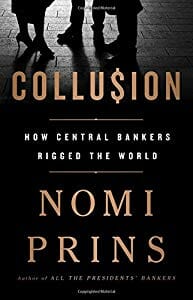
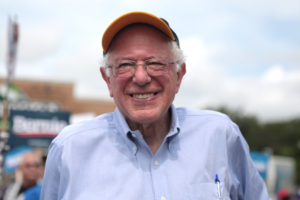
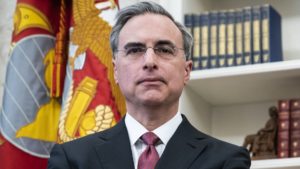
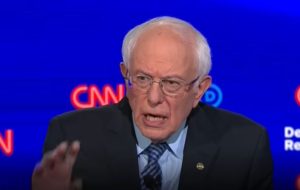
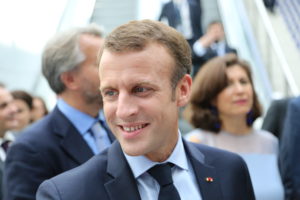
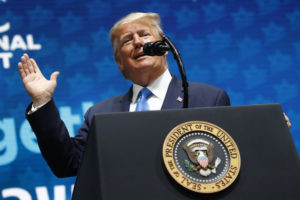

You need to be a supporter to comment.
There are currently no responses to this article.
Be the first to respond.